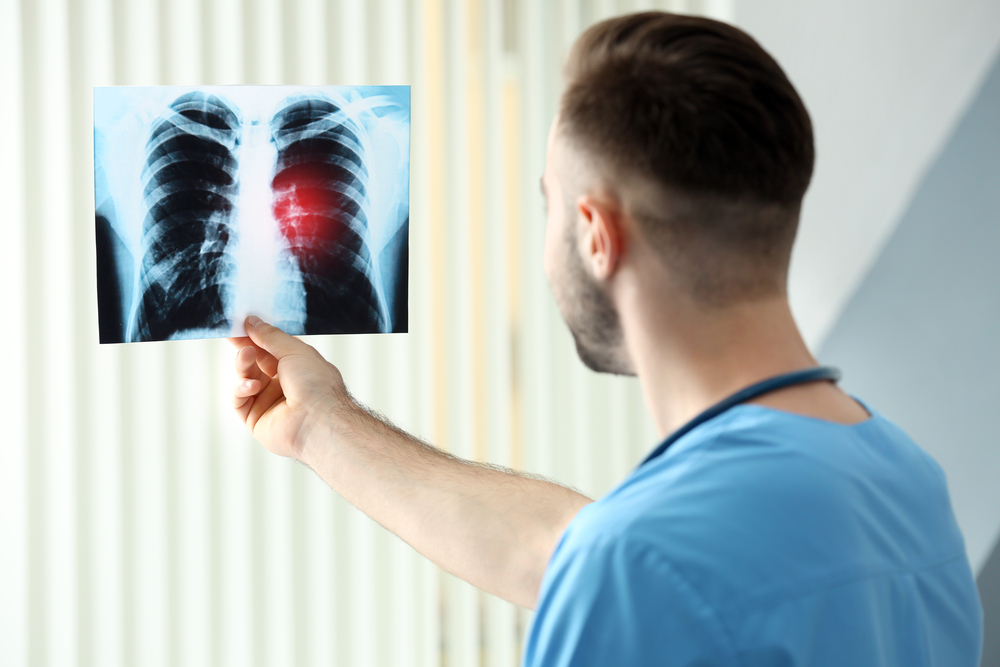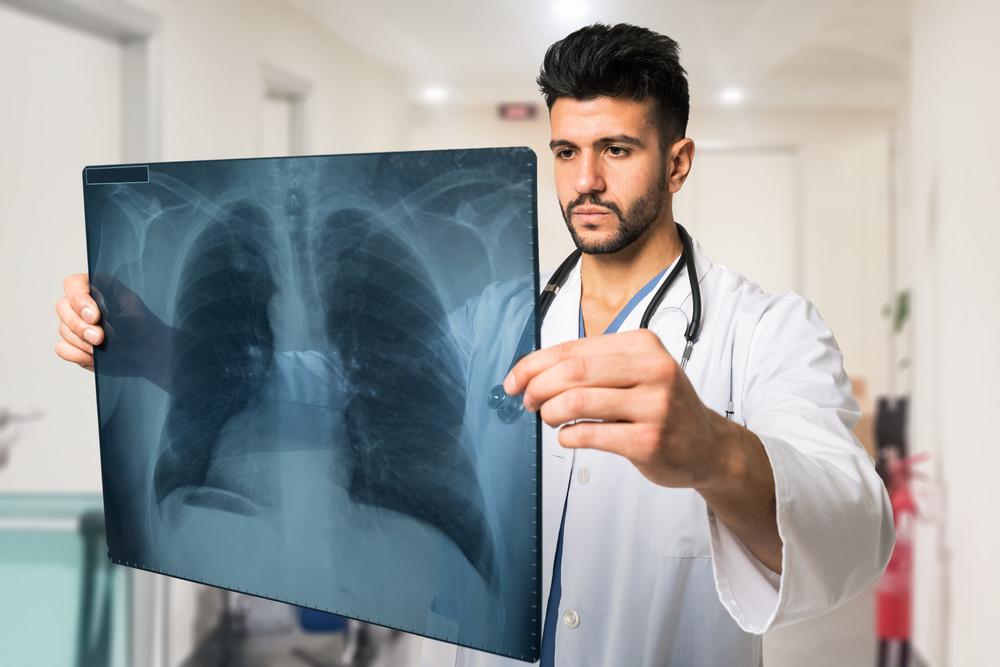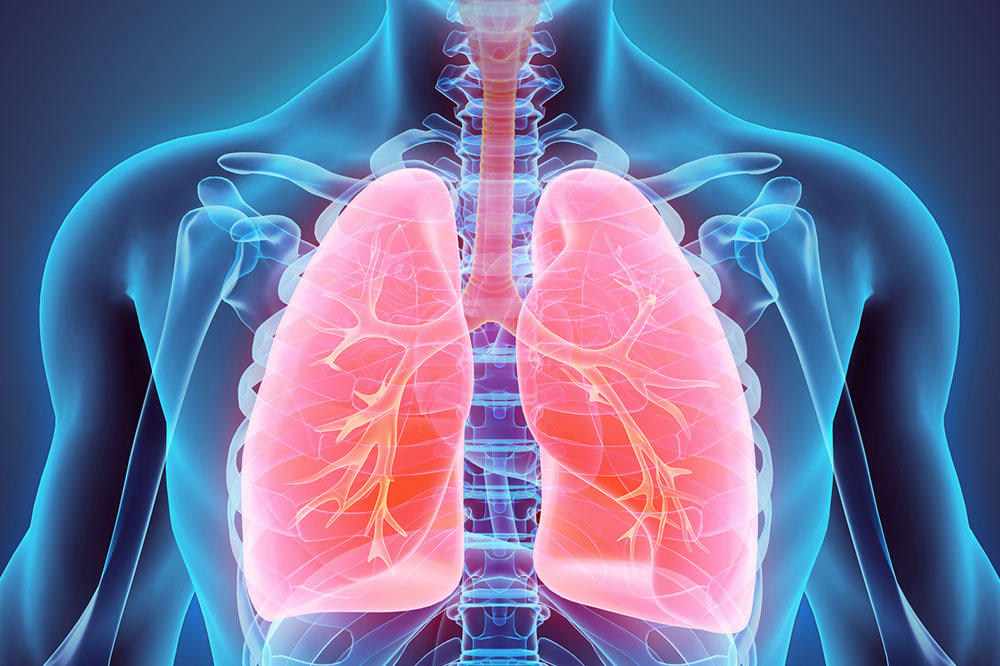Comprehensive Overview of Lung Cancer: Causes, Symptoms, and Effective Treatment Strategies
This comprehensive guide explores lung cancer's causes, early warning signs, and advanced treatment options. Highlighting risk factors like smoking, environmental toxins, and genetics, it emphasizes the importance of early diagnosis for better outcomes. Modern therapies including surgery, chemotherapy, targeted drugs, and immunotherapy are discussed to provide a complete understanding of treatment strategies. The article aims to educate readers on prevention, symptom recognition, and the importance of prompt medical intervention to improve survival rates and quality of life for lung cancer patients.

Comprehensive Overview of Lung Cancer: Causes, Symptoms, and Effective Treatment Strategies
Lung cancer remains one of the most prevalent and deadly types of cancer worldwide. It results from abnormal and uncontrolled growth of cells within the lung tissues, which can invade nearby structures and spread (metastasize) to other parts of the body, severely impacting overall health and often leading to fatal outcomes if not diagnosed early and treated promptly. Understanding the intricacies of lung cancer, including its causes, early warning signs, and available treatment options, is crucial for both prevention and management.
Most lung cancers develop from the epithelial cells lining the bronchial tubes and smaller bronchioles within the lungs, accounting for roughly 90% of cases. These cells serve as the main line of defense for the respiratory system but are susceptible to various carcinogenic influences. The disease primarily affects individuals over the age of 60, highlighting the importance of regular health checkups and screening for high-risk groups.
Prevention and early detection are key to improving prognosis. This comprehensive guide delves into the causes of lung cancer, recognizes the symptoms associated with its progression, and outlines current treatment approaches that can enhance quality of life and survival rates.
The risk factors contributing to lung cancer are extensive, with smoking being by far the most significant. Nonetheless, environmental and genetic factors also play critical roles in disease development. Recognizing these risk factors is essential for implementing preventive measures and encouraging early screening initiatives.
Major risk factors include:
Smoking: The primary cause of lung cancer is cigarette smoking, responsible for approximately 85-90% of cases. The risk escalates with prolonged exposure and the number of cigarettes smoked daily.
Exposure to Asbestos: Inhalation of asbestos fibers can cause chronic lung damage, significantly elevating the likelihood of developing mesothelioma and lung carcinoma, especially among occupational workers.
Passive Smoking: Non-smokers exposed to secondhand smoke have about a 25% higher risk of developing lung cancer compared to those unexposed.
Radon Gas: Radon, a naturally occurring radioactive gas emanating from soil and rocks, accumulates in poorly ventilated spaces like basements and can increase lung cancer risk over prolonged periods.
Genetics and Family History: A family history of lung cancer suggests genetic predisposition, making certain individuals more vulnerable if exposed to other risk factors.
Understanding these factors allows individuals to assess their personal risk and take proactive measures such as quitting smoking, reducing exposure to harmful substances, and participating in regular health screenings.
Recognizing the signs and symptoms of lung cancer can lead to early diagnosis, significantly improving treatment outcomes. Common symptoms typically manifest in advanced stages and include:
Persistent Cough: A cough that lasts for weeks or worsens over time, often accompanied by sputum production or blood in the mucus.
Shortness of Breath: Difficulty in breathing, especially during exertion, due to airway obstruction or fluid buildup.
Discomfort or pain in the chest that may radiate to the shoulder or back.
Unexplained Weight Loss: Sudden and significant loss of weight without apparent reason.
Fatigue and Weakness: Persistent exhaustion that interferes with daily activities.
Hoarseness: Changes in voice or persistent hoarseness caused by nerve involvement.
Neurological Symptoms: Memory loss, headaches, or neurological deficits indicating metastasis to the brain or nervous system.
Bone Pain or Fractures: Increased fragility or pain due to metastasis affecting bones.
While these symptoms can be indicative of lung cancer, they may also be associated with other respiratory or systemic conditions. Hence, prompt medical consultation and diagnostic testing are crucial for accurate diagnosis.
Treatment for lung cancer depends on various factors, including the cancer’s stage, location, overall health of the patient, and genetic markers. The main treatment modalities are surgical removal, chemotherapy, radiation therapy, targeted drug therapy, and immunotherapy.
Early-stage lung cancer (limited to the lung) is often suitable for surgical resection, where the tumor and surrounding affected tissues are removed. Surgery offers the best chance for cure in early stages and is frequently combined with other treatments to improve prognosis.
For advanced or metastatic lung cancers, systemic therapies become critical:
Chemotherapy: Uses potent anti-cancer drugs to kill rapidly dividing cells, reducing tumor size and alleviating symptoms.
Radiation Therapy: High-energy radiation precisely targets cancer cells, shrinking tumors and controlling symptoms, particularly when surgery isn’t feasible.
Targeted Therapy: Employs drugs that specifically target genetic mutations or molecular pathways critical for cancer cell survival, offering a more personalized treatment approach.
Immunotherapy: Boosts the body’s immune response against cancer cells, significantly improving outcomes in certain types of lung cancer.
Emerging treatment options and ongoing research continue to expand the options available to patients, promising improved survival and quality of life. Multidisciplinary care teams—including oncologists, thoracic surgeons, radiologists, and palliative specialists—collaborate to develop personalized treatment plans.
In addition to medical treatment, supportive measures such as nutritional support, pain management, psychological counseling, and rehabilitation are vital components of comprehensive care for lung cancer patients.
Understanding the complexity of lung cancer—its causes, progression, and treatment—is essential for patients and healthcare providers alike. With advancements in medical technology and increasing awareness, early detection and effective treatment can dramatically improve survival outcomes, making ongoing research and patient education more important than ever.





